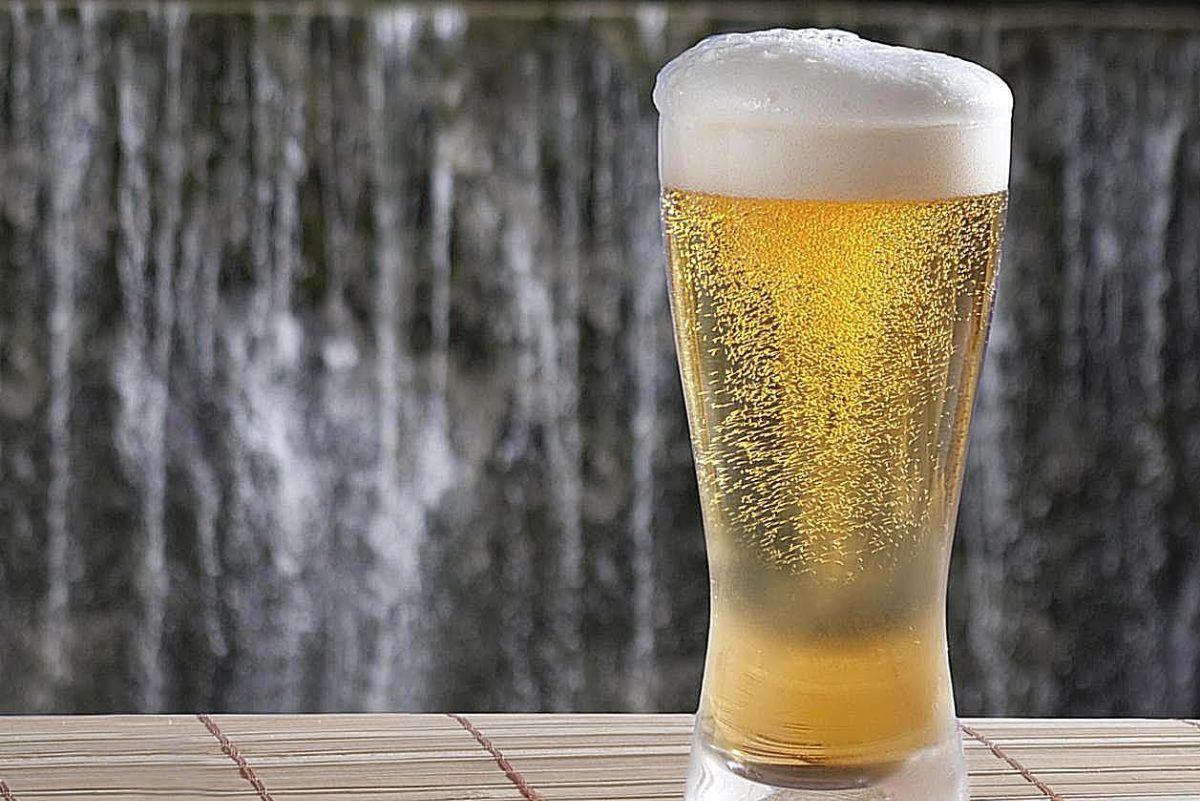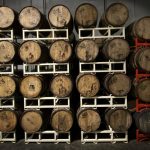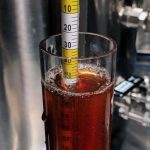One good way to carbonate your beer is by force carbonation. From a gas cylinder, you directly infuse CO2 into your beer. This is called forced carbonation or what others refer to as force-carbing. Overall, this is a much faster process than naturally creating CO2 in the bottle by putting leftover yeast in additional sugars.
The materials and equipment you will need in this process include a gas cylinder filled with CO2, a gas regulator, proper keg post liquid and line fittings, an unpressurized homebrew-filled keg, and a kegerator.
In this method, you need to use a lower level of CO2 pressure and carbonate the beer longer. You use the keg’s pressure release valves to make sure that the gas is flowing through the whole keg. You should hear the released gas as it exits the keg. You should also hear some bubbling. What this means is that the CO2 is running properly from the gas cylinder, through the regulator and gas line, then goes down to the dip tube, and finally, to your beer.
The regulator must be adjusted to the pressure of 20 PSI and you should allow the keg to carbonate for 7-10 days. In this period, make sure to check the carbonation levels regularly.




